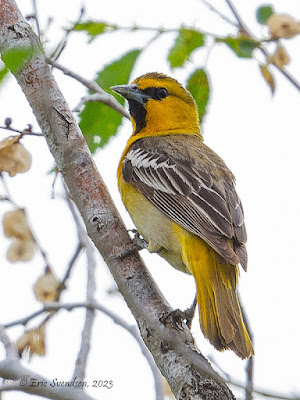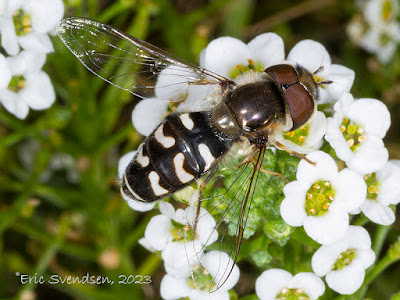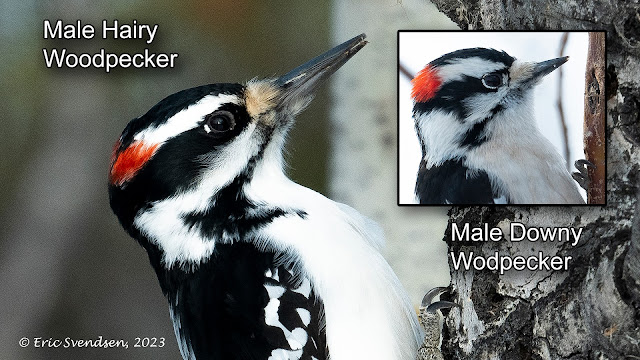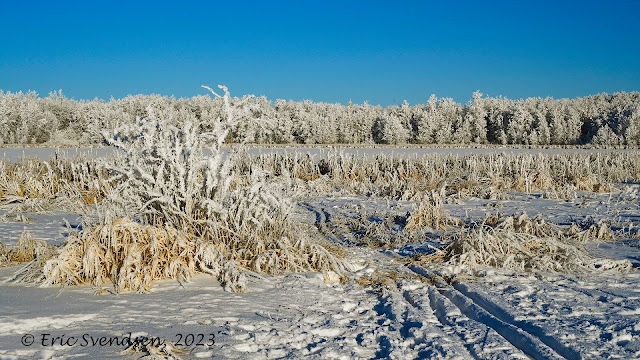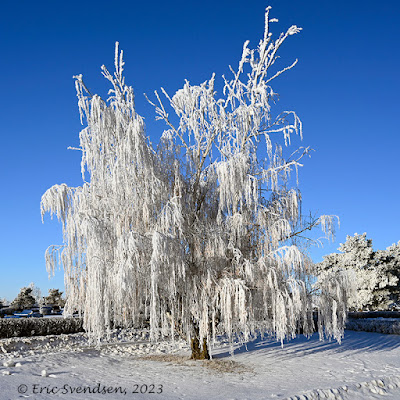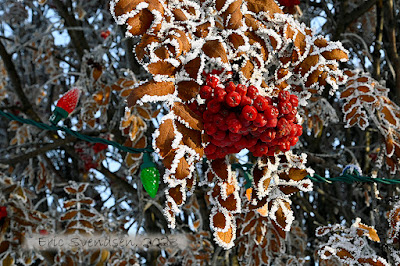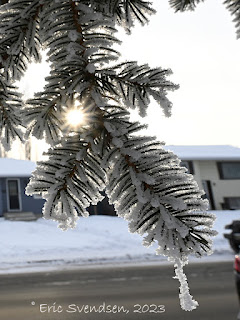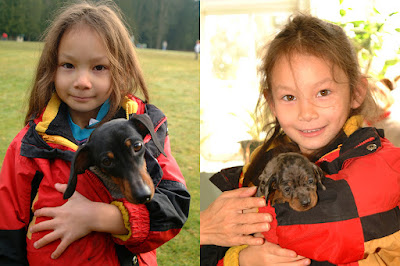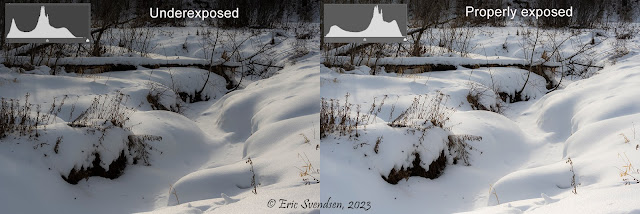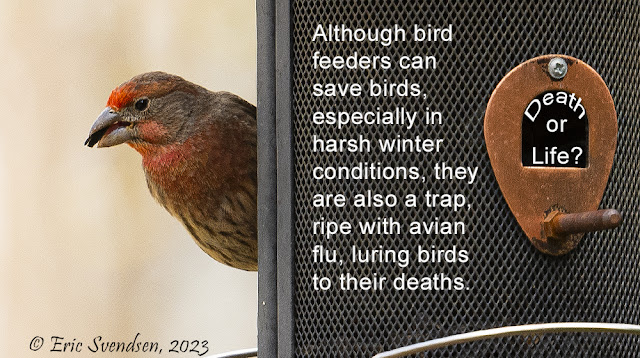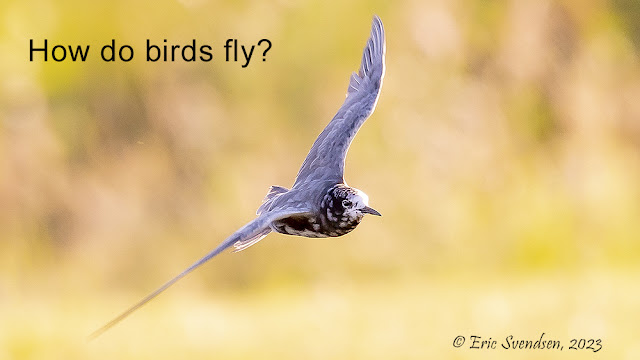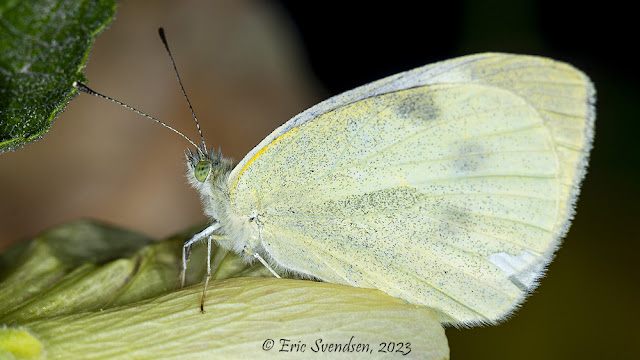A funny thing happened on my way to the ziggurat.

Kathryn at Tulum, Mexico. It's funny how a memory can be sparked. Something, long buried, that exists without a conscious presence, can suddenly come to life in the blink of an eye. Such recollections are often lit by some sense; a word, a person, a smell, or even a touch is all that is needed to rekindle an experience. This is one of the reasons I love to look at photographs; so many memories are elicited by the merest of glimpses. Kathryn had won an all-expenses cruise through a fundraiser she participated in. It was our first cruise, now some 24 years ago. We stopped at Tulum, Mexico, where we had our first taste of the country. The ruins were spectacular; just her and I amongst a throng of tourists. Me, trying to be where people weren't, and her, trying to be where people were, and my cameras, lenses, flashes, and other paraphernalia that now have passed long into history. I am so thankful that we both had the opportunity t...
